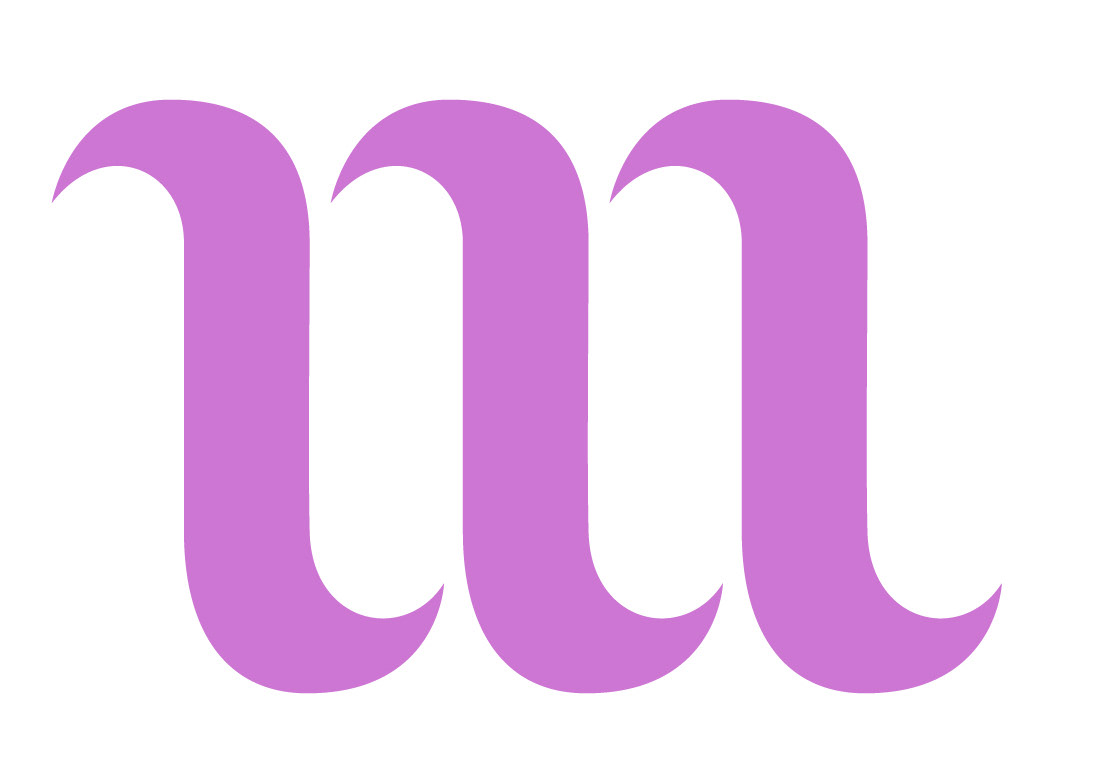Background
The Museo de la Luz is a thematic museum located in downtown Mexico City focused on exploring the different aspects of the phenomenon of light, a well its relation to other scientific fields. Their mission is to encourage society's interest in science and technology. However, the museum hasn't really been keeping up with these concepts when it comes to their image and digital platforms, which isn't helping them to fulfill their mission.
Challenge
The museum has outdated digital touchpoints, which are the first point of contact for many people nowadays when wanting to plan a visit to a museum. For many, not finding the information they need online or through digital channels is a dealbreaker. Even if they do find it, if these platforms are not attractive or show a clear disconnect between what a place is supposed to represent and how this is embodied in their digital touchpoints, users might prefer to visit some other place, or they might lose their trust in the place.
The main challenge presented for this project was redesigning a brand identity and wayfinding system that:
1) Reflected the strive for innovation through science and technology that the museum is founded on
2) Attracts and informs users through channels outside the museum in an intuitive way
3) Uses digital platforms to enhance the visitor's experience in the museum
4) Has a clear connection between the physical space of the museum and its digital platforms
Currently, this website is the museum's only digital channel
Team
The team was composed of two graphic designers: one in charge of the visual identity and the other (me) in charge of the wayfinding/wayshowing system.
My role: designing the signaling system to be used inside the museum and the UI/UX for the app to enhance the user's experience before, during and after their visit.
Process
The project used the Design Thinking methodology as basis. The phases were:
Empathize: On site investigation at the museum, analysis of digital touchpoints, benchmarking and user research
Define: Decision of which items to focus on and the strategy to follow
Ideate: Design and iteration of design concepts
Prototype: Design of high fidelity interactive deliverables
Test: Usability testing with potential users
Iteration: Adjustments on design based on findings from usability testing
Outcome
Signaling
The pictographic family to be used for the signaling was designed based on the logo created by the team member in charge of the rebranding. The grid and shape elements for each symbol were constructed following the same structure the logo was created on. Pictograms were created for each museum gallery, as well as to identify other important services, safety measures and information inside the building.
Signaling for each museum gallery
App wireframes for digital wayfinding
The digital application's purpose is to cover the most important needs that arise when someone plans a visit to the museum. Its sections take into account the process of buying a ticket, finding the museum, figuring out the different routes to get there on different kinds of transportation, a map of the museum, scheduling a guided visit, information on each gallery and the option to reserve your spot and buy tickets for special activities and events held by the museum.
Screen showing different public transportation options to get to the museum, as well as nearby parking. Once you click on an option, you get directions with the routes you have to take.
Prototype
Lessons learned
The importance of user testing and benchmarking was the main takeaway I got from this project. Design doesn't exist in a vacuum, and it's important to always keep those who will be using it in the loop to make sure its function is being served. It is also key to analyze what other players in the sector are doing, so that the experience is closer to what people are expecting, and even to have the possibility of breaking away from the norm and creating an unforgettable experience.
Something that stayed with me after completing this project was the importance of keeping visual and information systems updated to fit the needs of the current public, but also taking it a step further and considering future users as well, so that the design adapts to the times. This doesn't have to be done by using psychic powers and trying to predict what will be needed in the future, but by designing from the start in a modular way that allows for seamless add ons and updates to be done in the future.
Finally, designs can't just be finished and abandoned without checking in on them consistently to make sure that they are still fulfilling their purpose, since our context is changing at a faster pace and new technologies and ways of viewing the world are being introduced every day, which have implications in the way users interact with products and services.
